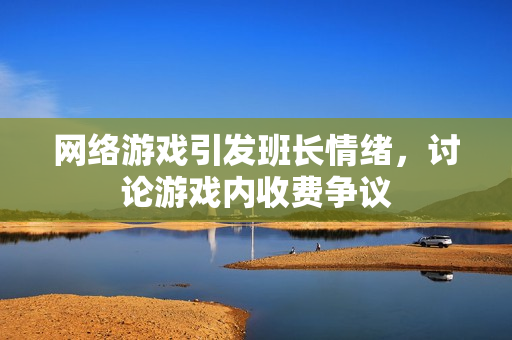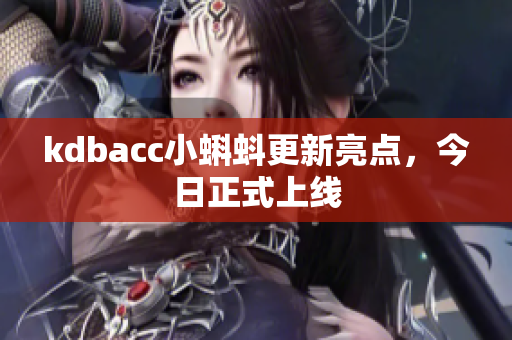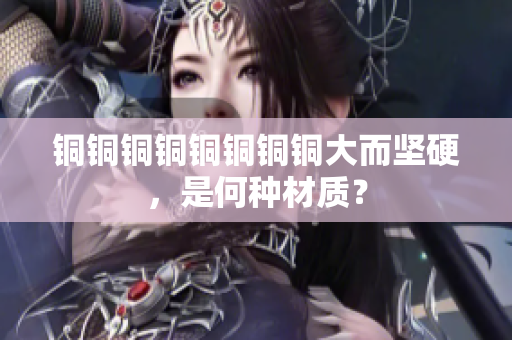Introduction: The Intersection of Western Art, 5G, and Education
Western art has long been celebrated for its ability to uplift and inspire, and as technology advances, this art has become more accessible than ever before. With the advent of 5G technology, the barriers to accessing art from across the globe are being broken down, offering a new level of connection and appreciation for art from all corners of the world. However, as our access to technology expands, it also begs the question of how we will utilize these resources in education. This article will explore these issues and more, delving into the benefits and challenges presented by the intersection of Western art, 5G, and education.
Western Art as a Cultural Treasure
Western art has long been regarded as a cultural treasure, reflecting the history and values of the societies from which it emerged. From the works of great masters such as Leonardo da Vinci and Michelangelo to contemporary art forms, this art is revered for its beauty, complexity, and ability to tell a story. With the global proliferation of the internet, access to Western art has never been easier, with art museums and galleries offering virtual tours and exhibitions. This access, particularly with the advent of 5G technology, offers unparalleled opportunities to engage with Western art from anywhere in the world, deepening our appreciation and understanding of it.
The Promise and Challenges of 5G Technology in Education
Education is an area that stands to benefit greatly from the promise of 5G technology. With the ability to transmit data at lightning-fast speeds, 5G can facilitate remote learning, real-time collaboration, and immersive experiences that can bring education to life. However, the implementation of 5G in education is not without its challenges, including issues of access, affordability, and adequate training for educators to effectively incorporate these technologies into their teaching practices.
The Importance of Balancing Technology with Traditional Education
While the potential benefits of 5G technology in education are numerous, it is important to recognize that technology can never replace the value of traditional learning experiences. Learning environments that prioritize face-to-face interactions, hands-on activities, and critical thinking skills are essential for developing a well-rounded education. Technology can be used to augment and enhance these experiences, but it should never be used as a substitute for them.
The Ethics of Gaming and Microtransactions
As technology becomes more ubiquitous, gaming has become a significant part of our culture. However, as the popularity of gaming increases, so too do concerns over the ethics of gaming, particularly in the realm of microtransactions. These small purchases within games, often used to unlock additional features or advantages, have come under scrutiny for their potential to exploit players, particularly children. The question of whether games companies should be held to higher ethical standards in regards to these microtransactions is an important one to consider, particularly as 5G technology provides new avenues for microtransaction purchases.
The Scarcity of Early Childhood Education in Southeast Asia
As we consider the opportunities presented by 5G technology in education, it is important to acknowledge the significant gaps in educational access that still exist in many parts of the world. Southeast Asia is an area where educational resources are scarce, particularly in regards to early childhood education. The lack of access to quality early childhood education can have significant implications for the long-term development of these communities, highlighting the importance of addressing educational access issues at all levels.
Conclusion: The Interconnectedness of Western Art, 5G, and Education
The intersection of Western art, 5G technology, and education offers a wealth of opportunities for enhancing our understanding and appreciation of the world around us. The potential for remote learning, real-time collaboration, and immersive experiences can be transformative, particularly in areas where educational resources are scarce. However, it is important to approach these technologies with a critical eye, ensuring that they are used in ways that enrich and balance traditional learning experiences. By embracing the interconnectedness of these important areas, we can work towards creating a more equitable and empowered global community.









